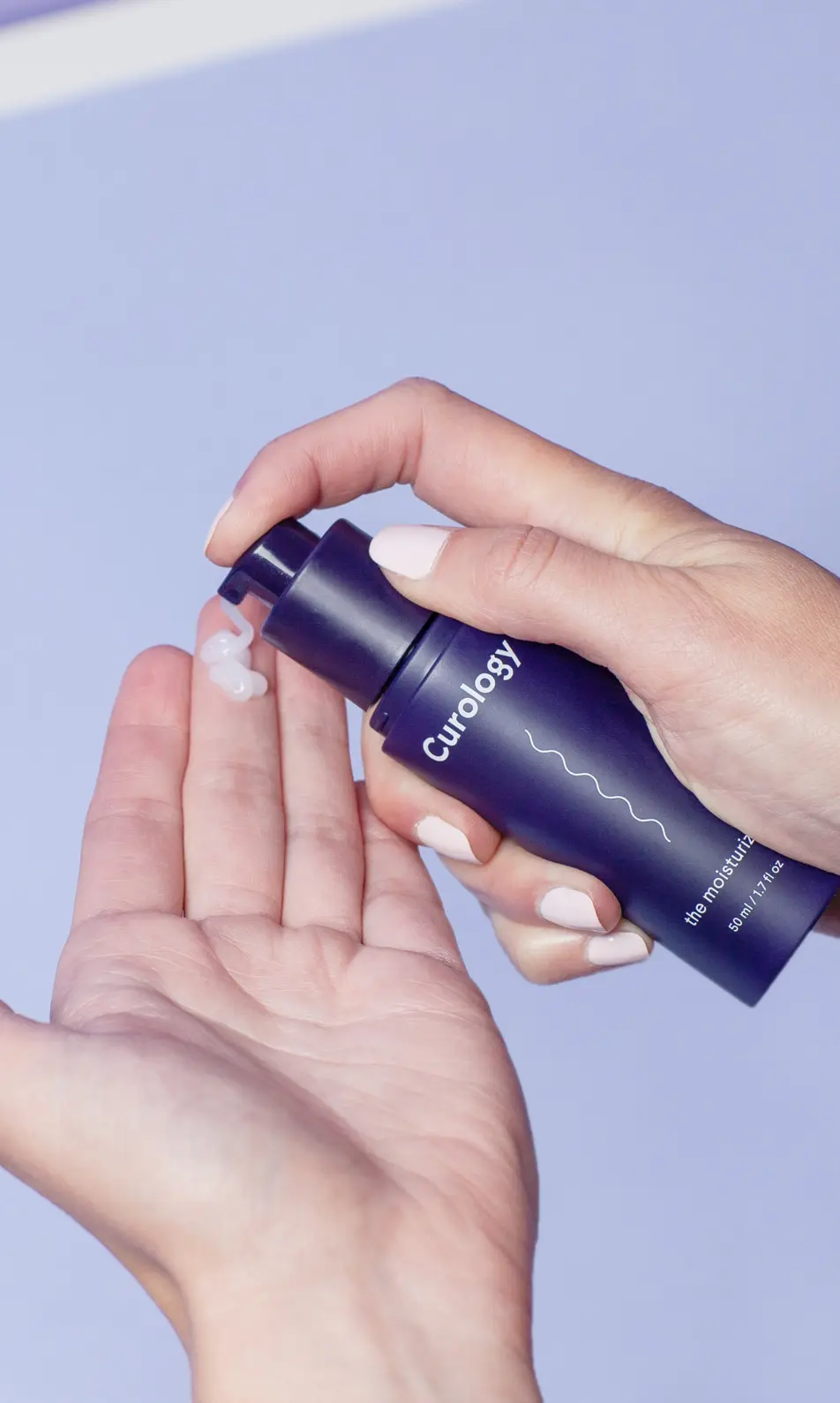The ultimate goal was to identify barriers to effective use and propose actionable recommendations to improve user experience.
Role
Client
Duration
Type
Overview
Centennial College’s Safety and Security website section, along with the Campus Safety Watch mobile app, are vital resources designed to help students, faculty, and staff quickly access emergency protocols and safety information.
Recognizing that during emergencies, users require immediate and unambiguous access to critical details, this project focused on evaluating the current platforms for usability, content clarity, accessibility, and inclusivity.
The ultimate goal was to identify barriers to effective use and propose actionable recommendations to improve user experience, ensuring the campus community feels safe, supported, and empowered in urgent situations.
Problem
How might we reorganize and redesign the Safety & Security platforms to support faster access to critical information, enhance usability under stress, and ensure the experience is inclusive for all users?
During emergencies, people are likely experiencing heightened stress and reduced attention spans. Long paragraphs, scattered links, and unclear navigation become serious barriers. My audit uncovered several challenges:
Critical emergency contact details were buried deep in the content.
The mobile app required too many clicks to reach key features.
The “Quick Exit” button (a safety feature for vulnerable users) was not persistent throughout the website.
Content lacked inclusive language and failed to represent diverse users.
Additionally, the app suffered from inconsistent technical performance, including occasional freezing, which undermines reliability. The floor plan feature was difficult to use due to complicated zoom and navigation controls, reducing its practical value during emergencies. Lastly, the existing content did not adequately address inclusivity, with language and scenarios primarily focusing on certain groups, thereby overlooking the needs of others such as men and the LGBTQ+ community.
The Strategy
To address these issues, I adopted a user-first, content-driven approach to evaluate and recommend improvements:
- Conducted a full content audit of both the website and mobile app using structured audit sheets.
- Evaluated usability based on stress-context use cases (e.g., how easily someone could find the mental health hotline in an emergency).
- Reviewed accessibility and technical usability across multiple devices.
- Assessed inclusivity of content from the lens of gender, identity, and scenario representation.
- Prioritized speed of access, hierarchy of information, and emotional clarity in content suggestions.
The Process
- Content & Functional Audit
I manually reviewed every page of the Safety and Security section and the Campus Safety Watch app, documenting all text, visuals, links, and buttons. Key audit criteria included:
Length and format of content
Visual hierarchy and scannability
Actionability of links/buttons
Presence of critical resources (e.g., emergency numbers)
2. User Journey Simulation
I walked through several emergency-use scenarios—such as reporting a suspicious activity or seeking immediate mental health support—and timed how long it took to find help. This exposed barriers such as buried links, multi-click navigation, and unclear labels.
Link: Website Audit
3. Accessibility and Usability Evaluation
I reviewed the platform’s responsiveness, performance, and visual readability. On mobile, the app frequently froze or failed to load maps. The floor plan feature was particularly hard to use due to unintuitive zoom/navigation behavior.
4. Inclusivity Assessment
I analyzed the tone, language, and visual representation across all content. The current safety scenarios primarily depicted or spoke to women, unintentionally excluding other groups such as men or the LGBTQ+ community from feeling seen or addressed.
5. Synthesis & Recommendations
I synthesized my findings into actionable insights, each paired with a rationale and potential solution. These included layout redesigns, content hierarchy shifts, navigation improvements, and trust-building elements such as inclusive language and persistent safety features.
Outcomes & Lessons Learned
While this was a speculative project, the insights and recommendations developed are directly applicable to real-world campus safety systems. Key takeaways include:
Speed is safety. In emergency contexts, delays caused by poor design can have real consequences. Streamlining content and navigation is not just UX—it’s risk reduction.
Design for stress. Emergency platforms must assume users are operating under duress. Clear, directive content and fast action paths are essential.
Inclusivity is not optional. When safety systems unintentionally exclude certain identities or scenarios, they erode trust. Inclusive design builds a sense of belonging and security for everyone.
Consistency builds trust. Repeated UI patterns (like persistent exit buttons or emergency banners) help users build habits and muscle memory, which matter most when time is limited.
Reflection
This project sharpened my ability to approach UX from both emotional and practical lenses—thinking not only about how people interact with content, but why they might struggle in moments that matter most. It also deepened my understanding of the invisible yet powerful role that inclusive language, clarity, and accessibility play in creating truly safe digital environments.
Enchantique brands. Where elegance converges with brand brilliance.
Enchantique brands. Where elegance converges with brand brilliance.



